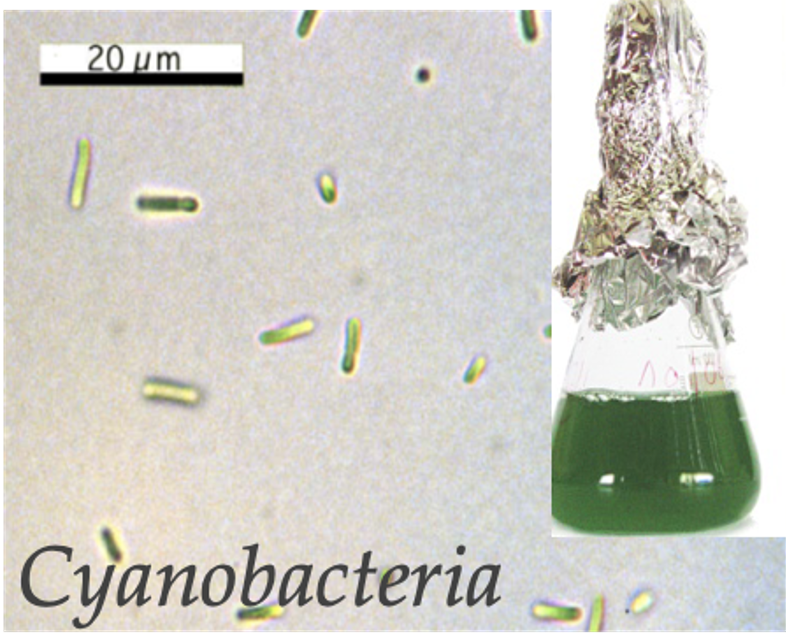- Share
- Share on Facebook
- Share on X
- Share on LinkedIn
Publication / Research
On May 6, 2025

Cyanobacteria have an internal biological clock that rhythms their activities on a 24-hour cycle. Thanks to this finely regulated mechanism, these micro-organisms are able to anticipate day/night cycles. A study recently published in Scientific Reports looked at how this clock reacts when the temperature drops below 25°C, an important threshold for their physiology.
To find out more, take a look at :
- the news published on the CNRS Physique website,
- the scientific article in open access in Scientific Reports.
Date
Contact
Irina MIHALCESCU
irina.mihalcescu univ-grenoble-alpes.fr (irina[dot]mihalcescu[at]univ-grenoble-alpes[dot]fr)
univ-grenoble-alpes.fr (irina[dot]mihalcescu[at]univ-grenoble-alpes[dot]fr)
Reference
I. Mihalcescu, H. Kaji, H. Maruyama, J. Giraud, M. Van Melle-Gateau, B. Houchmandzadeh & H. Ito. When lowering temperature, the in vivo circadian clock in cyanobacteria follows and surpasses the in vitro protein clock trough the Hopf bifurcation. Scientific Reports 15(1), 14884 (2025)
- Share
- Share on Facebook
- Share on X
- Share on LinkedIn